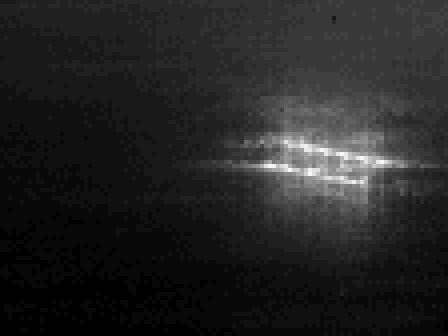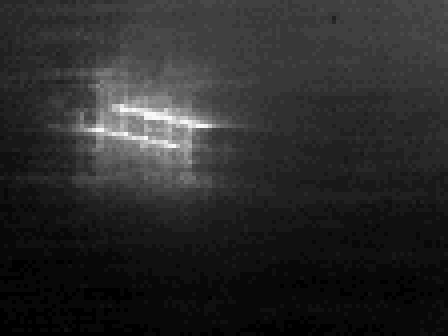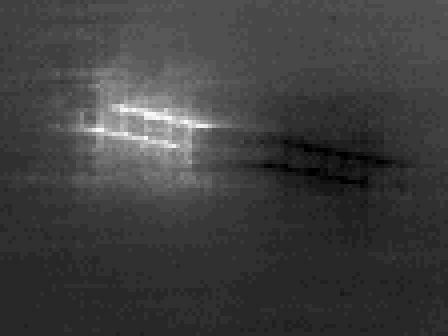Q: On my Mac (OSX, X11) IDL session, the window I need to click in does not respond. (problem reported with wscc_mkmovie, rtsccguicloud)
A: X11 -> Preferences -> Windows tab -> Click-through on
-or-
prompt%> defaults write com.apple.x11 wm_click_through -bool true
Q:What is causing the artifact near Mercury in (e.g.) 20111201_232901_tbh1A.png? Why is it rectangular?
A: In these HI-1 images, a daily median is used as the best near-real-time method to get CME enhancement. This results in dark spots from planets such as Mercury. When we derive the background, we do an interpolation between two daily median images. Since we make these images the day we receive them, we do not have a daily median for the next day, just the previous day. When the interpolation is done between the previous day and the current day and there is a feature like a planet, this introduces dark (negative) artifacts in the background where the planet was on the previous day, which then show up as bright areas in the enhanced image. Therefore, if (when) we re-generate these images, the bright artifact will go away because we have a daily median from the next day. Following is an illustration of the daily median images. The monthly background has been subtracted to bring out the planet artifact.
Code used to interpolate background image:
factor=(T-T1)/(T2-T1)
bkgimgT = bkgimg2 + (bkgimg2-bkgimg1)*factor
The pixels which form the two parallel lines are where the circle from the planet and the bleeding pixels (cross-like features) overlap as it progresses across the field. Remember, the background is the median of each pixel over the 36 images during the day. In images such as the HI_STARS_A images, a monthly (4-week) background is used so the artifact in the background from the planet is removed. For more general information, please see the section on HI-1 image subtraction on the NASA STEREO website.
Q: I found that most HI-1A images have a minimum value of 30 DN at pixel [993,1023]. 1. What contributes to that 30 DN? 2. Why at the same pixel?
A: The pixel you refer to is part of the HI cosmic ray scrub report, which is described in the Science Ops Manual, excerpted below. You will find the same value in pixel [30,0] of HI 1-B images.
"5.3.13. HI Cosmic Ray Report - The number of cosmic ray pixels replaced by the two or three image cosmic ray scrub routines replace the first (last) pixels of the image. The first pixel is replaced by the number of images added in the summing buffer, the following pixels contain the number of pixels replaced, one 32 bit pixel is used per image. So if 50 images are added to the summing buffer then there will be 51 pixels replaced with the HI cosmic Ray report."
Q: What are those circular patterns which appear in HI images?
A: They are "ghosts" caused by internal reflections. See this page at the STEREO Science Center for details of the various imaging artifacts we see.
 Detail (4x) of Mercury in daily median from
Detail (4x) of Mercury in daily median from  Detail of Mercury in daily median from
Detail of Mercury in daily median from  Detail from interpolated background for
Detail from interpolated background for